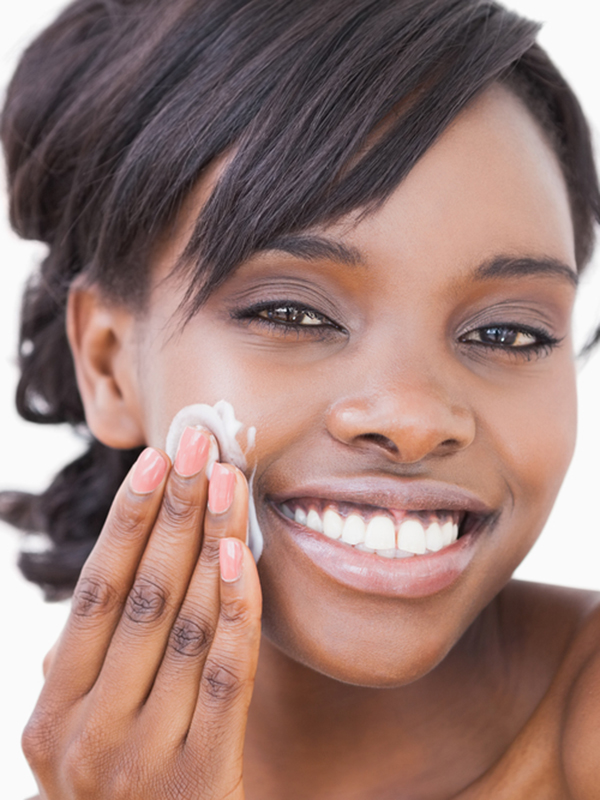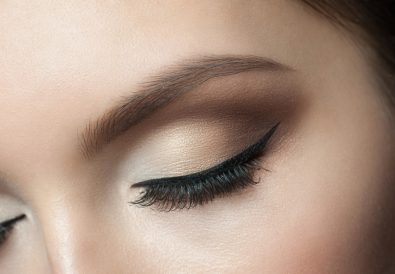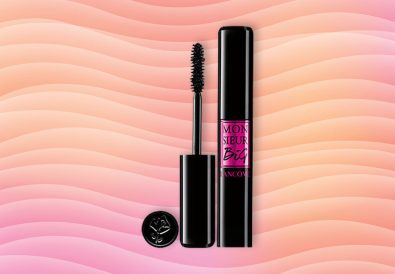Every year a “breakthrough” miracle ingredient for flawless skin floods the marketplace. This trend is inevitably followed by hoards of women, with empty wallets, who are let down by another cure-all yet again. However, there is one key ingredient, recently gaining in popularity amongst skin care companies, which truly offers staggering results. This miracle ingredient is topical Vitamin C.
Why does it work and what does it do? First of all, Vitamin C promotes the production and stimulation of collagen. Why is this so important? Well, collagen is the source of the skin’s elasticity and the powerhouse behind the skin’s ability to renew cells. In other words, collagen not only prevents, but also reduces wrinkles; further, this miracle protein actually repairs unsightly scars, including those accumulated over years of acne. So, Vitamin C helps reduce and prevent wrinkles while also repairing scars.
If that’s not enough, the powerful antioxidant power specific to Vitamin C protects the skin from free radicals caused by UV radiation (i.e.: the sun). Free radicals are the nasty little buggers that cause brown spots as well as that dull, haggard look obtained through sun exposure. To put it simply, successfully tackling free radicals protects skin from brown spots, reduces the pigmentation of brown spots and acne and leaves the skin with a uniform, flawless glow. As an added bonus, Vitamin C’s antioxidants also act as an anti-inflammatory that combats pimples as they form.
The truly remarkable thing about this ingredient is that it is natural, non-toxic and actually a nutrient the body needs. However, for Vitamin C to be effective it must be applied in a specific form and here’s why. Vitamin C, in liquid form, is prone to oxidation and becomes ineffective when it is bottled with oxidizing agents or is exposed to air. Therefore, most products on the shelves are advertising Vitamin C that has already been oxidized or that will oxidize soon after the bottle is opened. The next obstacle is that Vitamin C needs to be in the pure form of l-ascorbic acid to be absorbed by the skin; also, the L-ascorbic acid must be, arguably, at least 10 to 20 percent in concentration to be effective. So which products on the market are truly effective? There are creams and serums available with up to 20 percent L-ascorbic acid. Unfortunately, these products do have a short shelf life if they are indeed stable when purchased.
The good news is, there is a sure fire way to get continually stable, Vitamin C in its pure form and that is to buy it as a dry powder. There are multiple places to purchase this online. However, there are two highly effective and pure choices that contain l-ascorbic acid that I recommend. Cosmedix Pure C Mixing Crystals is 100 percent pure l-ascorbic acid and can be purchased for $59.50. Dr. Julia Hunter’s Maximal Strength Vitamin C Plus contains 95 percent l-ascorbic acid along with E, B and A vitamins for a synergistic boost and can be purchased for $78.00.
To use Vitamin C powder, shake a pea-size amount into your palm and mix it with any serum or moisturizer then massage it into your face. Voila. It’s that easy. Further, the Vitamin C powder will give your own products a performance-enhancing boost.
On a personal note, I am among one in five women out there who suffer from adult acne. I have tried proactive and subsequently aged what looked like a year in two months. I’ve done fraxel laser to rid my skin of scars, botox to combat the aging caused by harsh acne-fighting chemicals and have taken synthetic birth control pills to stop the acne, which led to brown spots. None of this cured my acne or made my skin look young and supple again. I have been using Vitamin C powder for several years now and it has truly changed my skin forever. I share this story because it has worked when nothing else has. Vitamin C powder is non-toxic and natural. So, there is no risk involved but major rewards to be gained. If science doesn’t do the convincing, take it from someone who has tried it all. Vitamin C powder will honestly transform your skin.











